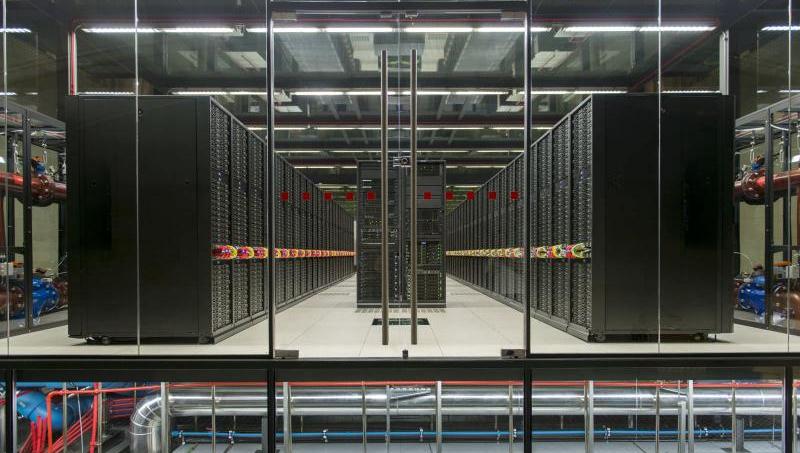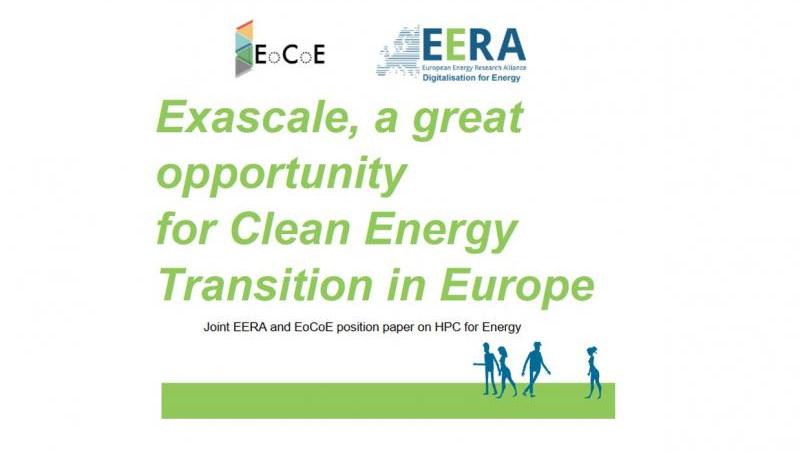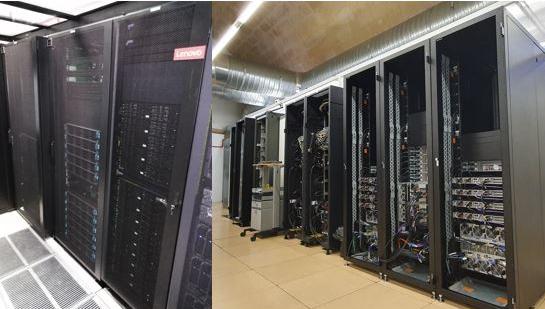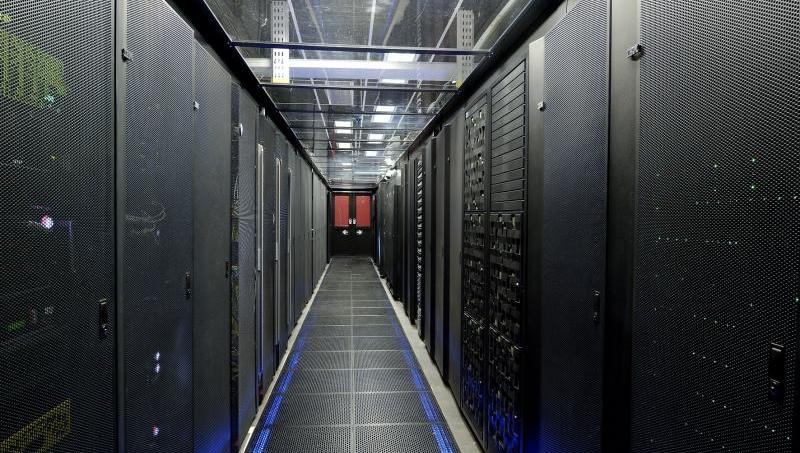(Via BSC) MareNostrum will provide 11.1 Petaflops of processing power â that is, the capacity to perform 11.1 x (1015) operations per secondâ to scientific production. This is the capacity of the general-purpose cluster, the largest and most powerful part of the supercomputer. This computing power will be increased thanks to the installation of three new, smaller-scale clusters, featuring emerging technologies, over the next few months. The capacity of 11.1 Petaflops is 10 times greater than that of MareNostrum 3, which was installed between 2012 and 2013.
According to the Top500 ranking published on 19 June, the MareNostrum 4 supercomputerâs general-purpose cluster is the third most powerful one in Europe and the thirteenth in the world. The Top500 list is based on how quickly supercomputers execute the high-performance linpack benchmark.
MareNostrum 4 is available to all scientists in Europe via a selection process managed by scientific committees. For the chance to use the supercomputer, researchers must submit a request to the Spanish Supercomputing Network (RES, according to its initials in Spanish) â which provides access to 16% of the computing hours available on the machine â or to PRACE (the Partnership for Advanced Computing in Europe) â which manages access to 80% of its computing hours. The remaining 4% is reserved for use by Barcelona Supercomputing Center researchers. The MareNostrum 4 supercomputer is designated as a Special Scientific/Technical Infrastructure Facility by the Spanish Ministry of Economy, Industry and Competitiveness. The Spanish Ministry of Economy, Industry and Competitiveness has funded the purchase of the supercomputer, whose installation cost âŽ34 million in total.
MareNostrum 4: technical summary
MareNostrum 4 has been dubbed the most interesting supercomputer in the world thanks to the heterogeneity of the architecture it will include once installation of the supercomputer is complete. Its total speed will be 13.7 Petaflops. The supercomputer includes two separate parts: a general-purpose block and a block featuring emerging technologies. It has five storage racks with the capacity to store 14 Petabytes (14 million Gigabytes) of data. A high-speed Omnipath network connects all the components in the supercomputer to one another.
The general-purpose block has 48 racks with 3,456 nodes. Each node has two Intel Xeon Platinum chips, each with 24 processors, amounting to a total of 165,888 processors and a main memory of 390 Terabytes. Its peak performance is 11.15 Petaflops. While its performance is 10 times greater than its predecessor, MareNostrum 3, its energy consumption will only increase by 30% to 1.3 MW per year.
The block of emerging technologies is formed of clusters of three different technologies, which will be incorporated and updated as they become available on the market. These technologies are currently being developed in the United States and Japan to speed up the arrival of the new generation of pre-exascale supercomputers. They are as follows:
- Cluster comprising IBM POWER9 and NVIDIA Volta GPUs, with a computational capacity of over 1.5 Petaflops. IBM and NVIDIA will use these processors for the Summit and Sierra supercomputers that the US Department of Energy has ordered for its Oak Ridge and Lawrence Livermore National Laboratories.
- Cluster formed of Intel Knights Hill (KNH) processors, with a computational capacity of over 0.5 Petaflops. These are the same processors as those to be used in the Theta and Aurora supercomputers that the US Department of Energy has ordered for the Argonne National Laboratory.
- Cluster composed of 64-bit ARMv8 processors in a prototype machine with a computational capacity of over 0.5 Petaflops. This cluster will use the cutting-edge technology of the Japanese supercomputer Post-K.
The aim of gradually incorporating these emerging technologies into MareNostrum 4 is to allow BSC to experiment with what are expected to be the most advanced technological developments over the next few years and evaluate their suitability for future iterations of MareNostrum.
MareNostrum 4 has a disk storage capacity of 14 Petabytes and is connected to BSCâs big data facilities, which have a total capacity of 24.6 Petabytes. Like its predecessors, MareNostrum 4 will also be connected to European research centres and European universities via the RedIris and GÃĐant networks.



